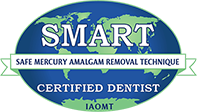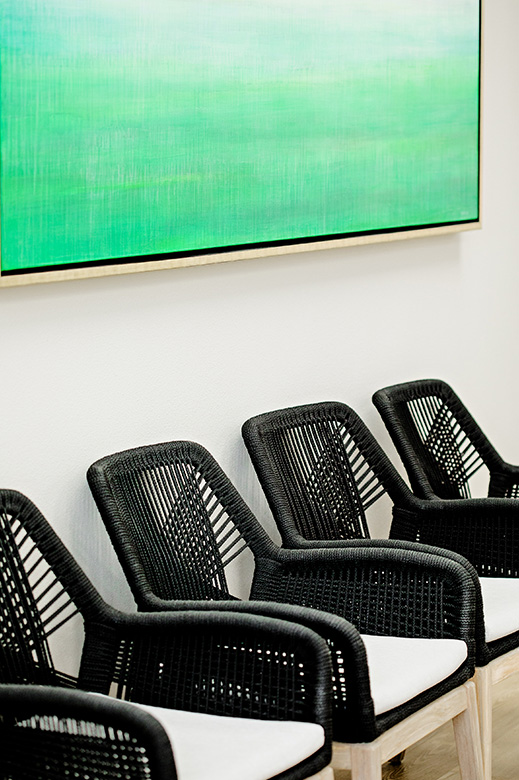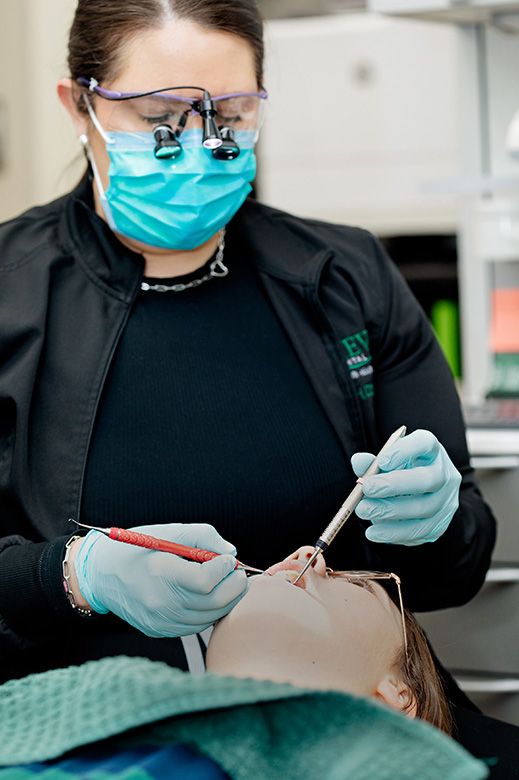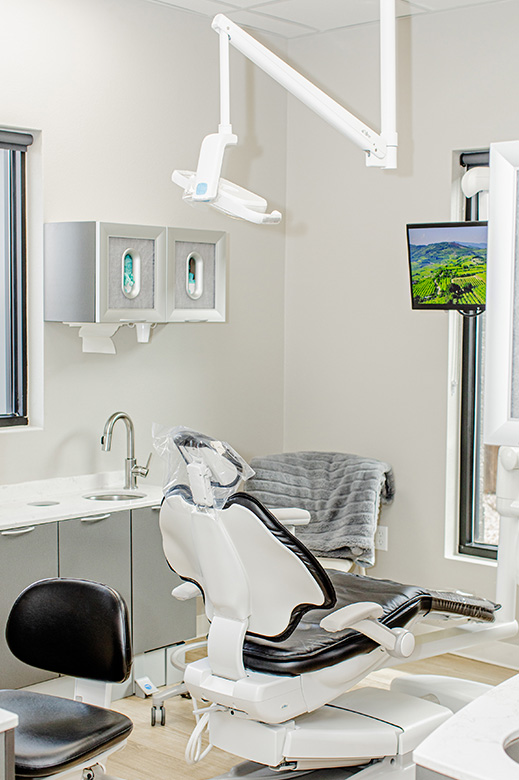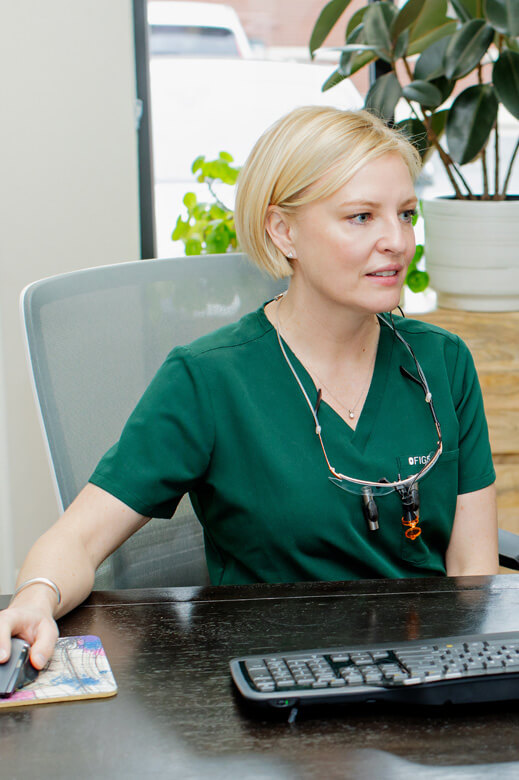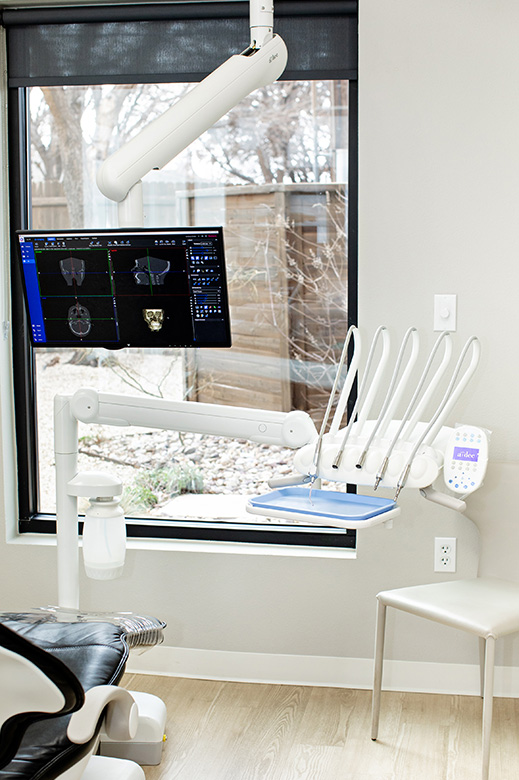Renew Dental is Passionate About Your Comfort
We understand that a dental treatment can cause a great amount of anxiety. Deep seated long-term fear of dentistry can keep patients from receiving the dental care they need, usually causing their dental status to continue to decline. We are very sympathetic to those fears and offer a variety of “comfort items” and sedation techniques to make dentistry more pleasant in our office.
I made this appointment for a second opinion concerning a tooth extraction over a root canal. My appointment last between and 1 hour and 1 1/2 hours. My experience was an A+ including time spent answering all of my questions in a warm and pleasant atmosphere!
Carol D.
Patient
They continuously inquired about comfort levels and pain management.
Sharon A.
Patient
About Comfort Techniques
Conscious Sedation
At Renew Dental, we offer conscious sedation to help ease anxiety and make your dental experience as stress-free as possible. Whether you have dental fears or are undergoing a longer procedure, conscious sedation keeps you relaxed and comfortable while remaining awake and responsive. Your peace of mind matters—and we’re here to make sure you feel safe, supported, and at ease every step of the way.
Nitrous Oxide (Laughing Gas)
A patient can be mildly relaxed and sedated by gently inhaling a mixture of nitrous oxide and pure oxygen. Patients are aware of their surroundings but feel less anxious. The relaxed feeling is quickly reversed at the end of the procedure by breathing pure oxygen. Patients leave the office in a normal state. We find that this process works well with children also.
Oral Sedation
Patients may also choose to take a prescribed pill prior to the dental appointment. In approximately 30-45 minutes, relaxation begins and patients feel deeply relaxed but are still conscious and responsive. Patients may go to sleep during treatment and generally have little memory of the experience. The patient is continuously monitored to insure proper breathing, heart rate, rhythm, and blood pressure. Patients must be escorted by a caregiver and cannot drive for the rest of the day.
IV or Intravenous Sedation
IV sedation is a very controlled sedation done by an intravenous drip in the arm. This is the most controllable technique as it can quickly and easily be adjusted to the patient’s body type, tolerance levels and depth of sedation desired. This technique produces the deepest sedation and relaxation. Although patients are responsive, they have very little, if any, memory of the experience. The procedure and drugs are very safe. Continuous monitoring of patient’s blood pressure, heart rate, oxygen level, breathing and heart electrical activity (EKG) are a part of our safe standard of care. Patients need to be escorted by a caregiver and are restricted to limited activities and may not drive for the rest of the day.
